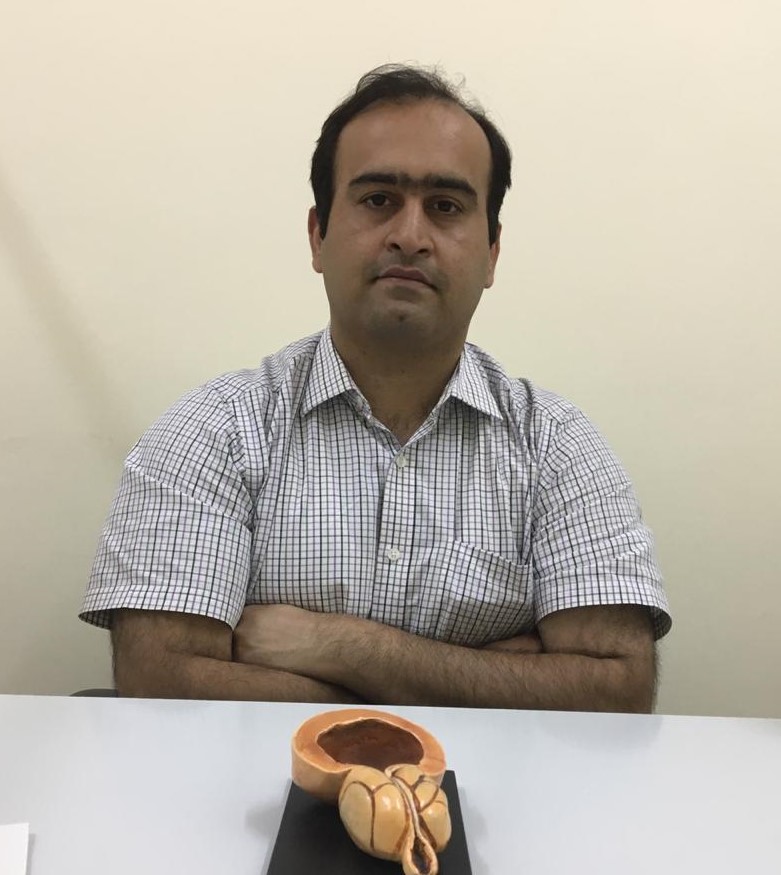Overactive bladder symptoms and treatment
Overactive bladder, also called OAB, causes a sudden urge to urinate that may be difficult to control. You may feel like you need to pass urine many times during the day and night, and may also experience unintentional loss of urine (urgency incontinence). overactive bladder can cause some people to limit their social activities, which can affect the quality of their life. It can also trigger isolation and emotional distress. But there are several treatments available that can help you manage your symptoms. Simple lifestyle changes like dietary changes can prevent overactive bladder, Timed voiding and bladder-holding techniques using your pelvic floor muscles can also help.
Symptoms of overactive bladder
If you have an overactive bladder, you may:
Lifestyle Changes needed if you have overactive bladder
For OAB treatment, Doctors first ask the patient to make lifestyle changes. Many people find these changes help.
1. Limit food and drinks which irritate the bladder
Certain foods and drinks are known to irritate the bladder. Some foods and drinks that may affect your bladder:
2. Double voiding
This is a technique in which you empty your bladder twice. This can be very helpful for people who have trouble fully emptying their bladder. After you go to the bathroom, you wait a few seconds and then try again.
3. Timed urination
This means you follow a fixed daily bathroom schedule. Instead of going when you feel the urge, you go at set times during the day. You should try to go every two to four hours, whether you feel you have to or not. The goal here is to prevent that urgent feeling and to regain control.
4. Exercise to relax your bladder muscle
Kegel exercises: tightening and holding your pelvic muscles tight, to strengthen the pelvic floor. Quick flicks are when you quickly squeeze and relax your pelvic floor muscles over and over again.
Article Written By
